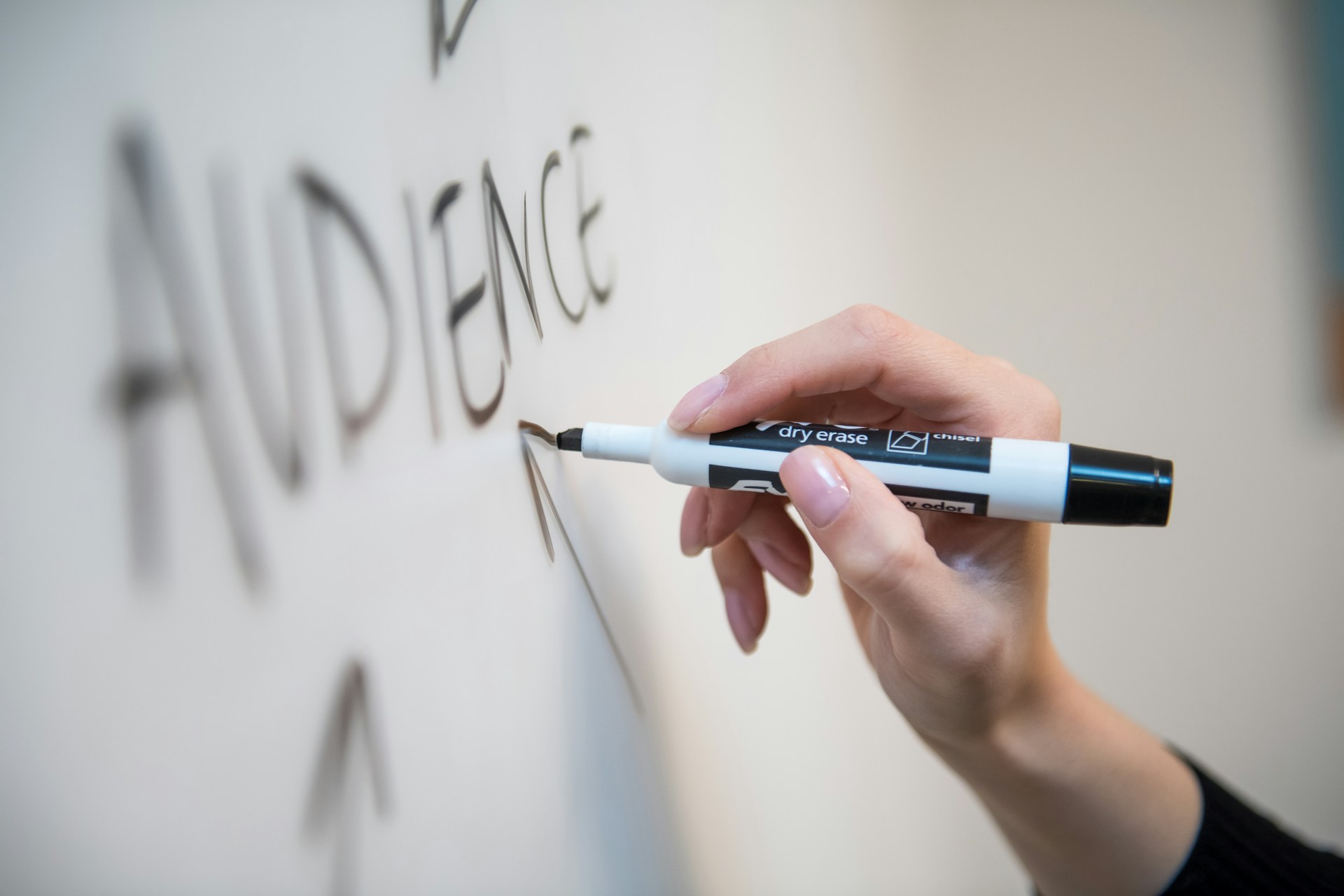Running Facebook Ads can feel like a game of chance, especially when those ads don’t convert the way you’d hoped. Many small businesses dive into Facebook Advertising with high expectations, only to find their ads aren’t performing as expected. You’re not alone if you find yourself scratching your head, wondering why your sales or sign-ups aren’t improving. Facebook Advertising offers a powerful way to reach new audiences, boost brand awareness, and drive sales. But sometimes, getting these ads to convert can feel like solving a tricky puzzle.
The right approach to Facebook Advertising can make a big difference for small businesses. Understanding common pitfalls and learning how to fix them is key to unlocking the potential of this digital marketing tool. By addressing issues like targeting, ad creatives, and budget allocation, you can transform your struggling ads into successful ones. Let’s take a look at some of the reasons why your Facebook Ads might not be clicking just yet.
Identifying Common Issues
When Facebook Ads don’t convert, there are usually a few common culprits to blame. Identifying these issues is the first step toward improving your ad performance. Here are some reasons why your ads might be missing the mark:
– Poor Targeting: If you’re not defining your audience correctly, your ads will fail to reach those truly interested in your product or service. Always ensure your targeting options are aligned with the audience most likely to engage with your brand.
– Unappealing Ad Creatives: The visuals and message must resonate with your audience. Try using engaging images or videos and clear, concise messaging that captures attention quickly.
– Lack of Clear Calls-to-Action: Your ad needs a strong call-to-action (CTA) to encourage the desired interaction. If you don’t ask viewers explicitly to “Learn More” or “Buy Now,” they might not know what steps to take next.
– Irrelevant Landing Pages: The page your ad leads to must relate directly to the ad’s content. Ensure that the landing page message carries the same context and promise as your ad, so users feel they’ve landed exactly where they intended.
– Ad Fatigue: Over time, your audience might become too familiar with your ads, causing interest to wane. Refresh your creatives and ad copy regularly to maintain engagement.
Once these common issues are identified, steps can be taken to make the necessary improvements for better results. Ensuring each aspect of your ad strategy is carefully considered can help bring your ads from flat to fantastic.
Analyzing Target Audience
Figuring out why your ads aren’t converting often starts with a deep dive into understanding your audience. Knowing who you’re talking to is fundamental in ensuring your message hits the mark. Start by examining the demographics and interests of your audience. Are you targeting the right age group, location, or even behavior patterns? Using tools like Facebook’s Audience Insights can provide valuable information, helping you align your ad’s message with the actual interests of your ideal customers.
To refine your targeting, follow these steps:
1. Review Existing Data: Check the data you have from past campaigns or analytics reports.
2. Identify Patterns: Look for common traits in the audience segments that have previously converted.
3. Adjust Targeting Options: Use Facebook’s tools to narrow down to the right age, location, and interests that closely match your ideal customers.
4. Test Different Audiences: Introduce A/B testing to try different audience settings and see which generates better results.
Ensuring your target audience is pinpointed precisely can significantly enhance ad performance, transforming an underperforming ad into a successful one.
Optimizing Ad Creatives
Once you’ve nailed down your target audience, it’s time to ensure your ad creatives are engaging. A compelling ad isn’t just about good visuals; it’s about how those visuals convey your message effectively. Think of your ad creatives like ingredients in a recipe. If one part isn’t fresh, the whole dish can fall flat.
When creating ad visuals and copy, focus on:
– Strong Visuals: Use bright, high-quality images or captivating videos that grab attention immediately.
– Concise Copy: Your text should be easy to understand and directly related to your call-to-action.
– Clear Call-to-Action: Make sure your audience knows what step to take next, whether it’s visiting your site or signing up for a newsletter.
Keeping these elements aligned ensures your audience connects with your ad on the first view, boosting your conversion rates.
Adjusting Ad Budget and Bidding
Your ad budget and how you bid can greatly impact your campaign’s success. It’s important to set a budget that allows for a reasonable reach and exposure without overspending. Your bidding strategy also plays a huge role as it determines the amount you’re willing to pay for each action, which can directly affect your ad’s placement and exposure.
Consider these tips:
– Start with a Moderate Budget: Especially in the testing phase, keep your risk low yet significant enough to gather useful data.
– Choose the Right Bidding Strategy: Auction bidding can let you control your costs effectively while getting decent reach.
– Monitor and Adjust: Depending on performance, adjust your daily or lifetime budgets to optimize for the best results.
Balancing your budget and bidding strategies allows your ads to perform better, giving you a clearer path to increased conversions and efficient spending.
Tracking and Measuring Performance
Using the right tools and metrics is crucial for understanding how well your Facebook Ads are performing. Monitoring these metrics helps in making data-driven decisions about adjustments to your campaigns.
– Engagement Rates: Track how people interact with your ads, whether through clicks, likes, shares, or comments.
– Conversion Tracking: Use Facebook’s pixel to see when someone completes an action on your website after engaging with your ad.
– Return on Ad Spend (ROAS): Measure the revenue generated for every dollar spent on ads.
Continuous monitoring and adjustment are essential to refine your strategy and optimize ad performance.
Strategy Adjustments for Better Results
Making strategic changes based on performance data can drastically improve the effectiveness of your ads. A/B testing different ad elements such as headlines, visuals, and calls-to-action will show which variations yield the best results. Paying attention to audience behavior and engagement patterns is crucial for making adjustments that enhance conversions.
Wrapping Up Your Ad Troubleshooting Journey
Troubleshooting Facebook Ads is all about understanding the why behind their performance and making well-informed adjustments. By zeroing in on issues like targeting, ad creatives, and budget, you can turn what seems like a complicated task into a logical, step-by-step process.
Success in Facebook Advertising often hinges on continuous learning and adapting. As market conditions and audience preferences change, your campaigns need to evolve too. No one formula guarantees conversions, but by focusing on these core elements, small businesses can create ads that not only reach more people but also persuade them to act.
In summary, the journey from misfiring ads to successful campaigns is marked by informed decisions and continual improvements. Armed with insights and a bit of creativity, you’re well on your way to making your Facebook Ads work smarter for your business.
Transform your underperforming campaigns into successes with valuable strategies in Facebook Advertising. Discover how nextMEDIA can support your growth and help your ads convert. Let’s work together to craft ads that truly connect with your audience.





